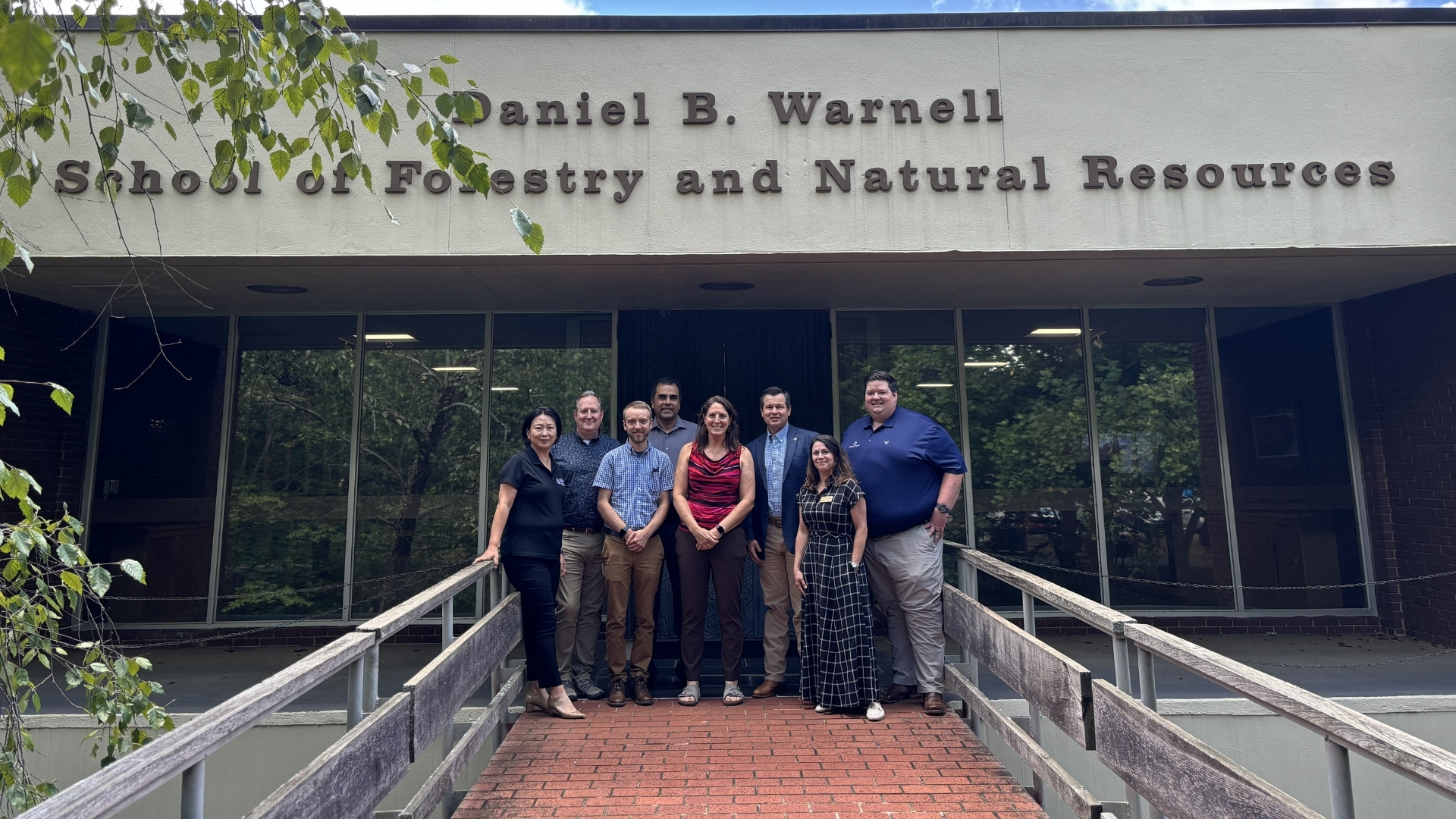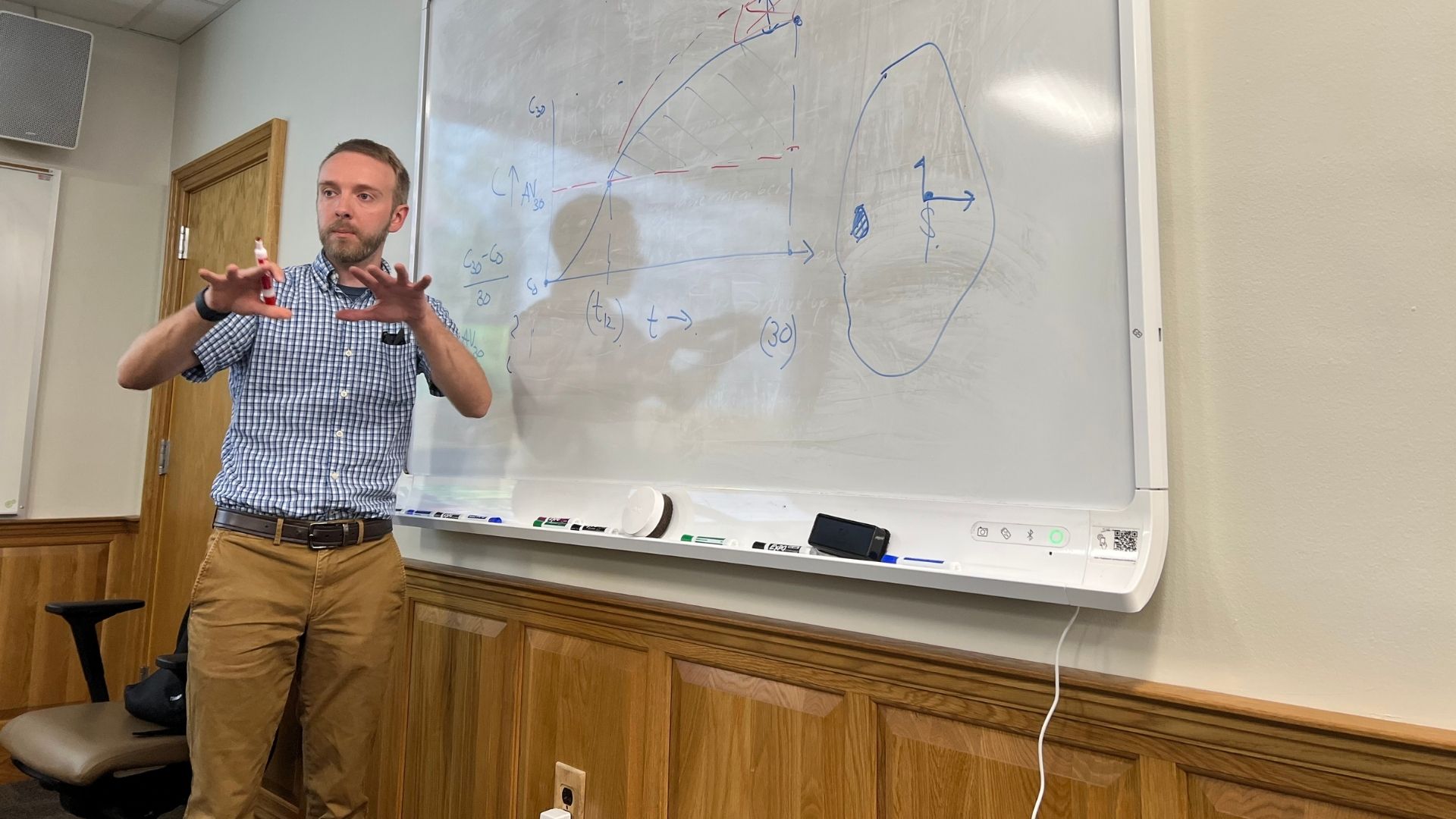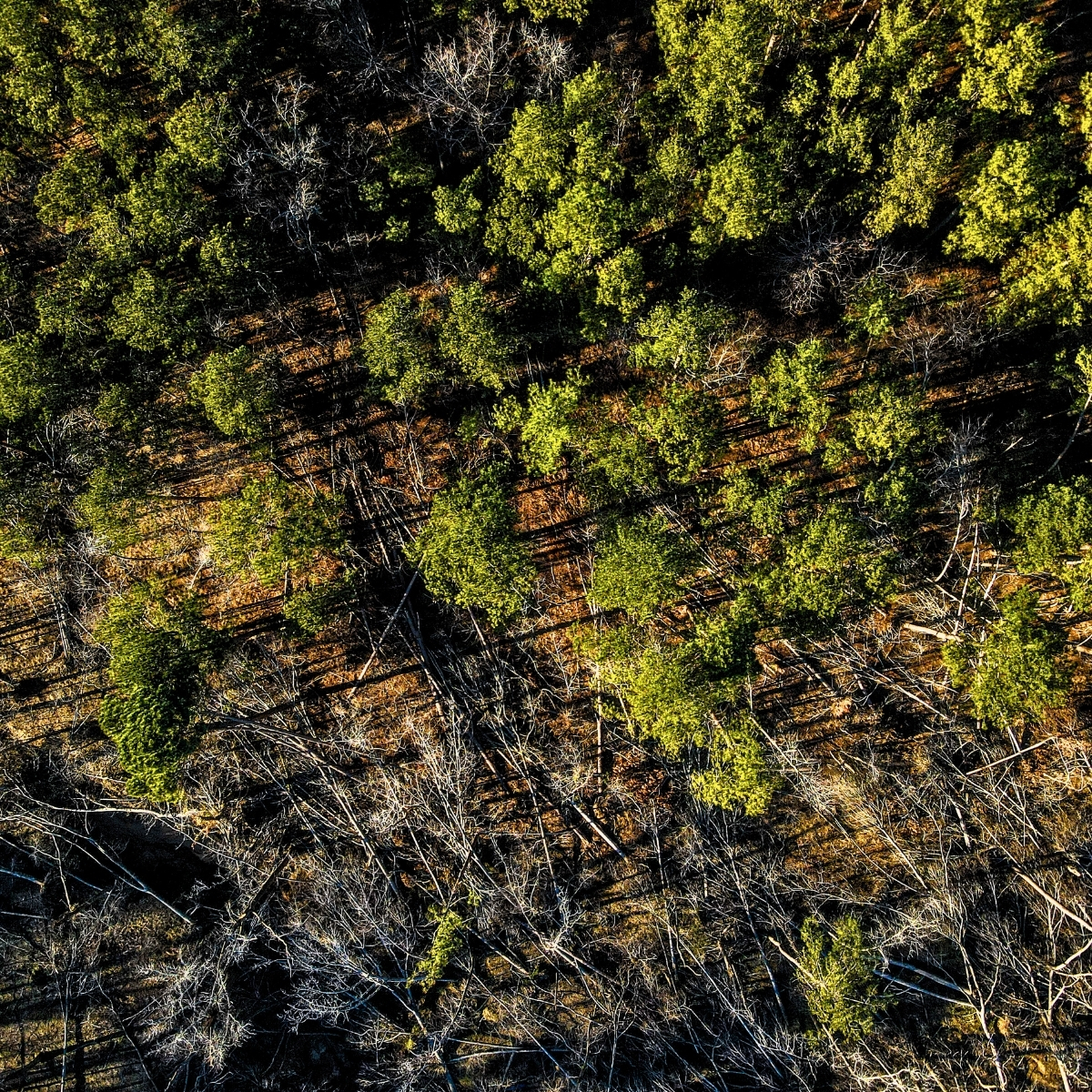In a groundbreaking move to address both climate change and rural economic challenges, a state-specific forest carbon exchange is taking shape in Georgia. The Georgia-Grown Forest Carbon Initiative, spearheaded by the Ray C. Anderson Center for Sustainable Business (Center) at the Georgia Tech Scheller College of Business, in collaboration with key partners, represents an innovative approach to carbon offsetting that keeps environmental and economic benefits within state borders. The project represents a partnership between the Center, the Georgia Forestry Foundation, and the University of Georgia (UGA) Warnell School of Forestry and Natural Resources.
Building High-Integrity Carbon Credits from the Ground Up
The initiative, supported by a forest landowner grant from the U.S. Forest Service, aims to create what David Eady, the Center’s director of industry engagement, describes as “a submarket of the voluntary carbon market.” The goal is to formalize a Georgia-specific exchange that encourages investment in local projects while providing vetted, high-quality carbon credits that reduce risk for both buyers and sellers.
At Georgia Tech, the project is driven by the Drawdown Georgia Business Compact (Compact), an initiative of the Center, which grew out of Drawdown Georgia – a multi-university research project that identified high-impact climate solutions for Georgia. The Compact focuses on working with the business community to activate the solutions and deploy them at scale – two of which are temperate forest management and afforestation.
Hurricane Helene Creates Urgent Pilot Opportunity
The initiative gained unexpected urgency following Hurricane Helene’s devastating impact on Georgia’s forests. The storm damaged 1.4 million acres of the state’s forests, with 30% of the damage classified as catastrophic.
At the project kickoff meeting on August 13, 2025, at the UGA Warnell School of Forestry and Natural Resources, organizers mapped out their initial goal of starting a pilot program that “meets the moment.” The destruction caused by Hurricane Helene created both an immediate recovery need and an opportunity to pilot the carbon market approach. The pilot program will focus on projects to help small-acreage landowners affected by Hurricane Helene rebound, preferably by reforesting their damaged land.
Furthermore, recent mill closures in Riceboro and Savannah have added urgency to finding alternative revenue streams for forest landowners. These closures dramatically reduced traditional markets for pulpwood and lumber.
“With timber prices remaining low, continued mill closures, and ongoing recovery from Hurricane Helene’s damage, these landowners urgently need new, sustainable income sources to keep their forests intact and productive,” says Yanshu Li, associate professor of forest economics at UGA.
“We can help landowners reforest land that got decimated by helping them enter the voluntary carbon market to generate needed revenue,” Eady explains. “Through this pilot, our team can narrow our initial focus while meeting this acute need in the state.”
The concern extends beyond immediate recovery. Without support, some landowners impacted by Hurricane Helene and mill closures might decide not to replant trees, or they may convert their forest land to farming or sell it for development, permanently removing it from Georgia’s forest ecosystem.

Beyond Carbon: Stacking Environmental and Economic Benefits
While carbon sequestration forms the foundation of the market, organizers envision a more comprehensive approach they call “stacking benefits.” The initiative will prepare landowners to participate not only in carbon markets but also in emerging markets for biodiversity and water quality benefits.
“We want to prepare landowners to capitalize on future economic opportunities,” Eady says. “Initially, carbon credits may be the only available market for landowners. But down the road, we might see that landowners are positioned to get paid for biodiversity or water quality benefits.”
Organizers want to show landowners the economic benefit of the carbon market as it’s evolving while also working with the buyers to show how these projects can provide quality carbon credits.
The carbon credit market itself operates on a spectrum of value based on project type and quality. Ecosystem restoration projects, particularly those restoring native ecosystems like longleaf pine, command premium prices. Improved forest management projects are mid-tier. The lowest-tier credits are for deforestation avoidance, since it is a challenge to prove forests would otherwise be cleared.
Addressing Market Challenges and Building Trust
The initiative emerges during a period of increased scrutiny in the voluntary carbon market. Past controversies involving poorly verified credits have driven demand for higher-integrity options, with some companies stepping away from carbon offsetting entirely in favor of Scope 1 (direct) emissions reductions.
“There's a shift away from any carbon credit towards high-quality, high-integrity carbon credits,” notes Allison Bridges, an extension professional for the Compact and the grant’s principal investigator. “Part of the motivation for our project is that the credits will be vetted, there’s a social component, and there’s a biodiversity component. Our project will help meet the high demand for high-integrity carbon credits.”
Li says, “Georgia-based companies are seeking high-quality offsets that represent real, permanent emissions reductions – and also generate additional benefits to the local community.”
Local Solutions for Local Impact
A key differentiator of the Georgia initiative is its emphasis on keeping environmental impact and mitigation efforts in the same region. Instead of purchasing credits from distant projects, Georgia companies can offset their local carbon footprint through projects in their own communities.
Lucas Clay, an extension professional for the Compact and carbon market expert whose role is fully funded by the grant, says, “We’re trying to develop something sustainable, localized.”
“Often, companies are offsetting their impact in places that are very distant from where their impact is actually occurring,” Eady observes. “They may have a plant or operations in the U.S., but they’re buying credits or offsetting carbon in remote areas across the globe. Arguably, there’s sort of a disconnect there. Our initiative will add proximity between a company’s impact and the mitigation of that impact.”

Building Stakeholder Connections
The initiative takes a comprehensive approach to stakeholder engagement. This fall, organizers are conducting educational outreach to landowners through existing networks, including integration of a “Carbon 101” course into the Georgia Forestry Foundation’s existing “Forestry 101” program.
Plans include bringing corporate stakeholders directly to forest properties to observe land management practices firsthand. “We think it will be a good opportunity to get some literal boots on the ground to see some of the land that would be involved in the program,” Clay explains. These site visits will demonstrate both the immediate needs of hurricane-affected landowners and the long-term potential of “improved forest management” – which involves landowners managing their land in a way that will generate more carbon sequestration than it would otherwise.
The formal launch of the initiative is planned for early 2026, following extensive stakeholder engagement throughout fall 2025. Key near-term activities include quantifying demand among Compact members, exploring advance market commitments, and soliciting proposals from existing voluntary carbon market participants.
A Model for Other States
If successful, the project in Georgia could serve as a model for other states seeking to develop their own regional carbon markets. The initiative demonstrates how partnerships can address climate change while supporting rural economies and preserving forests.
Clay says that the project will provide a tangible solution to the problem of developing a high-integrity, local carbon exchange. He reflects, “There are other nonprofits that rate carbon projects and identify potential problems, but we’re actually doing the work of connecting these dots.”
As the initiative moves forward, it will attempt to prove that climate solutions can strengthen traditional rural economies while keeping environmental benefits close to home. For Georgia’s forest landowners still recovering from Hurricane Helene’s devastation, it offers hope for both restoration and economic opportunity.
Are you a business leader in the state committed to sustainable solutions? Join other leading companies by becoming a member of the Drawdown Georgia Business Compact. Visit Get Involved on the Compact’s website to learn more or email David Eady, director of industry engagement for the Ray C. Anderson Center for Sustainable Business.
Written by Jennifer Holley Lux
